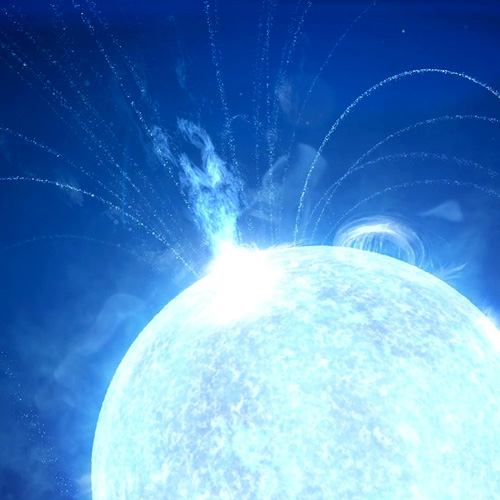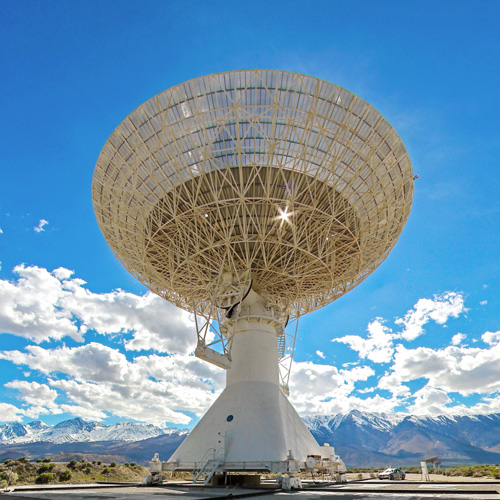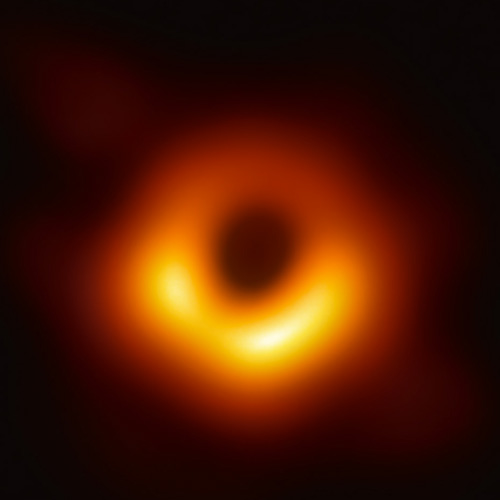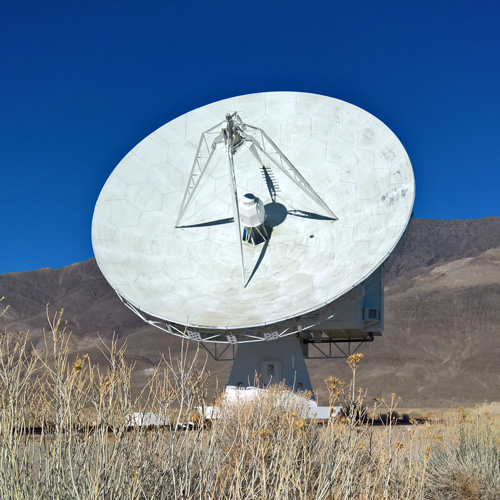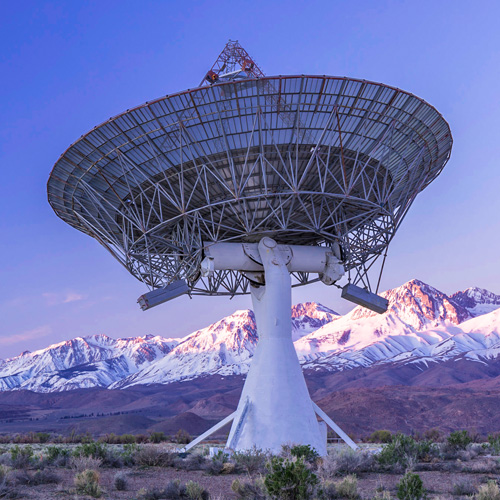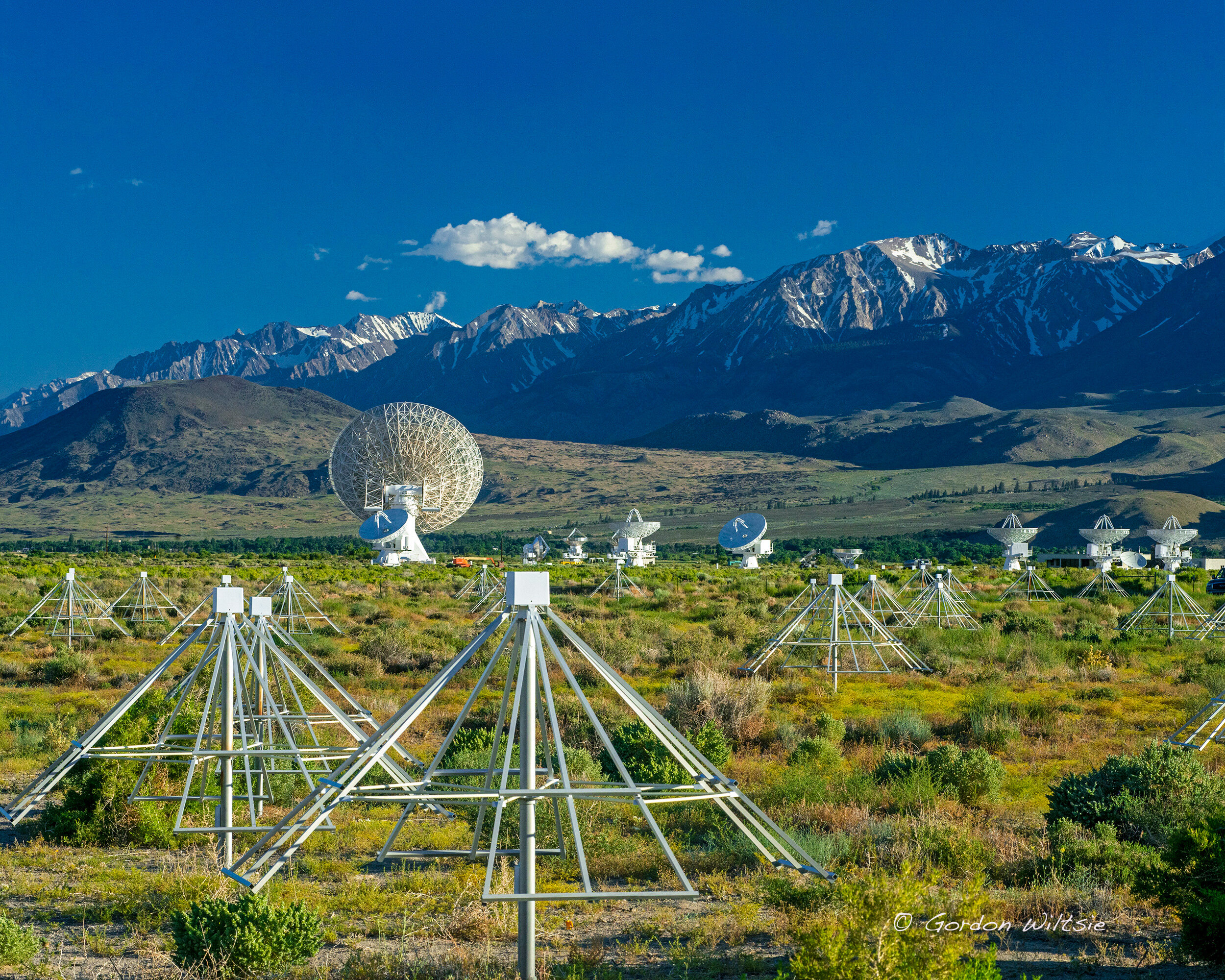
Projects

OVRO-LWA
The Owens Valley Long Wavelength Array is a low frequency (15-85 MHz) all-sky imaging and beam-forming array with focus on the auroral radio emission from exoplanets, prompt counterparts to gravitational wave events, extended airshowers produced by cosmic-rays and the 21-cm power spectrum in the Cosmic Dawn epoch.
DSA
The Deep Synoptic Array is a 110-dish array that will localize hundreds of fast radio bursts (FRBs) to their host galaxies. The DSA will enable transformational advances in our understanding of the origins of FRBs, and of the unseen baryons in the CGM and IGM. An expanded version of this project with 2000 antennas…
STARE2/GReX
The Galactic Radio Explorer (GReX) is a proposed all-sky monitor to detect the brightest bursts in the radio sky at 0.7 – 2 GHz. Building on the success of STARE2 and its detection of the first Galactic fast radio burst (FRB), GReX will expand out from OVRO and place clusters of antennas all around the world. We expect to find more mega bursts from Galactic Magnetars, super giant pulses from pulsars, and new phenomena that emerges when exploring a new region of parameter space.
EOVSA
The Expanded Owens Valley Solar Array images the Sun at 1-second cadence to obtain the radio spectrum at more than 400 frequencies in a broad frequency range (1-18 GHz). This unique combination of observational capabilities allows us to study the detailed processes that occur during solar flares--the largest explosions in the solar system--which in mere seconds can release the energy of 100 million hydrogen bombs. Such explosions can affect Earth in many ways, including interruptions to power, communications, and navigation systems.
40-meter
In 2007, the 40-m Telescope embarked on a new research campaign. In support of the Fermi Gamma-ray Space Telescope, launched in 2008, the OVRO 40-m Telescope is monitoring more than 1800 blazars about twice per week.
COMAP
COMAP is an intensity mapping experiment using carbon monoxide (CO) lines to trace the distribution of star-forming galaxies in the Epoch of Galaxy Assembly and the Epoch of Reionization. Ancillary science includes line and continuum surveys of regions of the Galaxy and studies of the anomalous microwave emission (AME).
SPRITE
The Stokes Polarimetric Radio Interferometer for Time-domain Experiments will use 5 of the 10m CARMA antennas. Will observe different types of transient objects 1mm/3mm full polarization and wide bandwidth. Currently seeking funding.
EHT
The Event Horizon Telescope is an international collaboration that links radio dishes across the globe to create an Earth-sized interferometer. It has been used to measure the size of the emission regions of the two supermassive black holes with the largest apparent event horizons: SgrA* at the center of the Milky Way and M87 in the center of the Virgo A galaxy.

